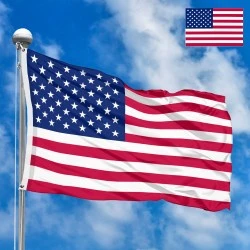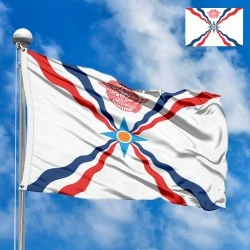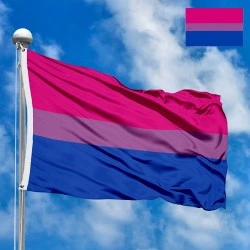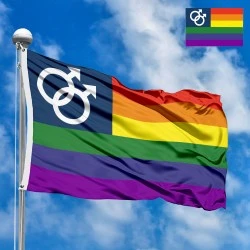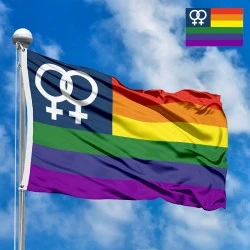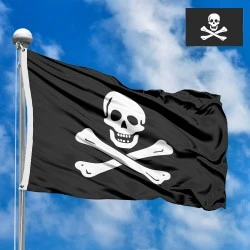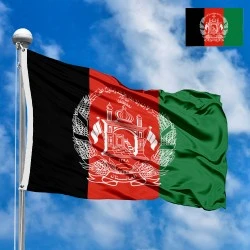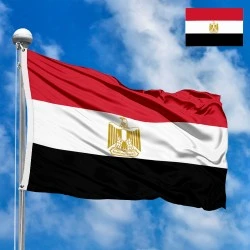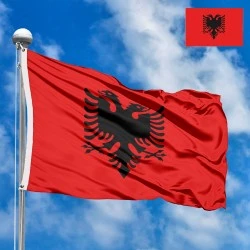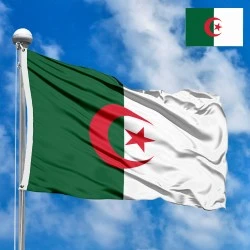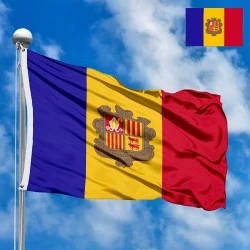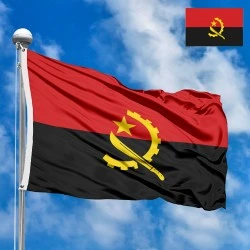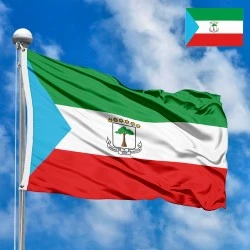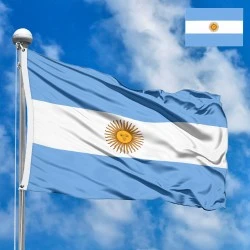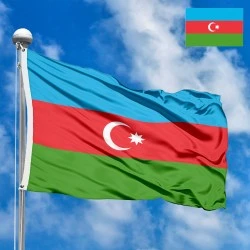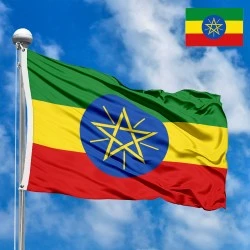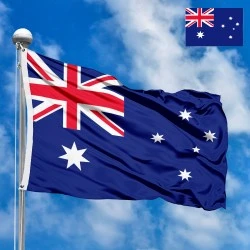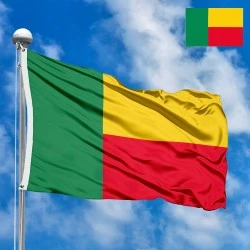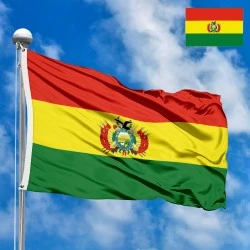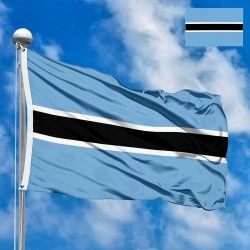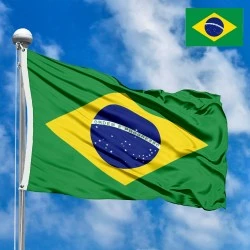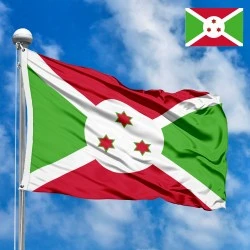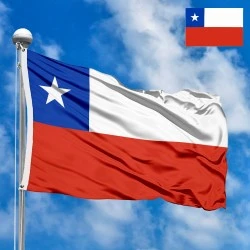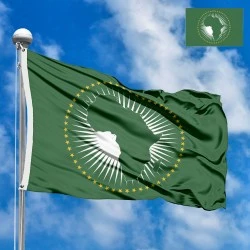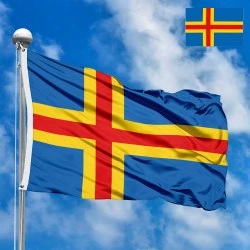Flag of Guam
- Flag Type: Regional
- Proportions (official): 22:41
- Official name: Territory of Guam
- Local name: Guam, Guåhån
- Sovereignty (year): NO (Unincorporated territory of the U.S.)
- Member of Organizations: Pacific Community
- Country code, territory: GU, GUM, 316
- Capital: Hagåtña
- Large cities: Dededo, Tamuning, Yigo
- Population: 173,000 (2024, estimate)
- Religions: Christianity ~85%
- Area (km²): 544
- Highest point: Mount Lamlam (406 m)
- Lowest point: Pacific Ocean (0 m)
- Currency: United States dollar (USD, $)
- Languages: Chamorro, English
- Dialing code: +1-671
- National domain: .gu
Flag Information
General information
Demography and Culture
Economy and communications
- All Flags
- Flags of Countries by Continent
-
Flags of Organizations
- Flags of UN countries
- Flags of the European Union countries
- Flags of NATO countries
- Flags of the countries of the Organization of Islamic Cooperation
- Flags of the countries of the Organization of American States
- Flags of the Arab League countries
- Flags of the African Union countries
- Flags of the countries of the Union of South American Nations
- Flags of the Commonwealth of Nations
- Flags of the countries of the Secretariat of the Pacific Community
- Flags of the Nordic Council countries
- Flags of the Caribbean Community
- Flags of the countries of the Association of Southeast Asian Nations
- Flags of the East African Community
- Flags of the countries of the Organization of Turkic States
- LGBT Community Flags
- Historical Flags
- Ethnic Flags
- Flags of the USA (states)
Description
The flag of Guam is a vibrant emblem that tells a powerful story of this island territory's history, culture, and deep-seated pride. As an unincorporated territory of the United States, Guam holds a unique identity, and its flag serves as a primary symbol of its people's resilience and enduring connection to their land and the Pacific Ocean. For anyone interested in vexillology, this flag offers a fascinating narrative rooted in indigenous heritage, colonial history, and the spirit of the Chamorro people.
Anatomy of the Flag: Design and Dimensions
The flag of Guam is a simple yet striking design with a clear focus on its central emblem. It has a height-to-width proportion ratio of 1:2, a common ratio for flags worldwide. The flag's background is a deep blue, bordered by a thin, red stripe on all four sides. The central emblem is an almond-shaped design, or proa stone, which is a stylized representation of a Sling Stone (part of the ancient Chamorro weaponry). This emblem is officially known as the Guam seal.
The Guam seal features a depiction of a latte stone, a pillar-like foundation used in ancient Chamorro houses, a coconut palm tree, and a prao, a native canoe sailing in the open bay of Hagåtña. The background of the seal shows the picturesque Two Lovers Point, a prominent cliffside landmark on the island. The word "GUAM" is inscribed in bold red letters across the center of the seal.
Symbolism of the Colors and Elements
Each color and element on the Guam flag is rich with meaning, representing the territory's geography, history, and the spirit of its people:
-
The Dark Blue Field: The blue field of the flag represents the vast Pacific Ocean that surrounds the island. It symbolizes the deep connection of the Chamorro people to the sea, which has been a source of life, food, and a means of travel for centuries. The blue also evokes the sky, representing the limitless opportunities and a bright future for the island's residents.
-
The Red Border: The thin red border that frames the flag symbolizes the blood shed by the Chamorro people in their fight for freedom and their resistance against colonial oppression. It is a tribute to the bravery and sacrifices of those who defended their culture and land throughout history.
-
The Almond Shape (Guam Seal): This unique shape is not a modern artistic choice; it is a direct reference to the sling stones used by the ancient Chamorro people. These stones were a formidable weapon, symbolizing the strength and resilience of the people in the face of conflict and adversity.
-
Latte Stone: The latte stone is a foundational symbol of Chamorro culture. It represents strength, permanence, and the ancient heritage of the island's indigenous people.
-
Coconut Palm Tree: The coconut palm, or niyok, is a vital part of Chamorro life. It symbolizes self-sustenance, resilience, and the bounty of the island's nature.
-
Prao (Canoe): The prao, a traditional outrigger canoe, represents the spirit of adventure and exploration. It is a nod to the seafaring skills of the ancient Chamorro people and their ability to navigate the vast ocean. It also symbolizes the islanders' journey toward progress and a better future.
-
Two Lovers Point: This iconic cliffside is a famous landmark associated with a local legend of two lovers who, forbidden to be together, tied their hair and jumped to their deaths. The point symbolizes the Chamorros’ commitment to each other and their deep love for their island.
History of Creation and Adoption
The flag of Guam was created in 1917 by Helen L. Paul, the wife of an American naval officer. At the time, Guam was under US Naval administration, and the administration sought a territorial flag. Paul's design, which won a local competition, was officially adopted on February 9, 1918, by the US Naval Governor, Roy C. Smith.
The flag’s design was not without its controversies. Over the years, there were debates about the design, particularly the inclusion of the word "GUAM" on the seal. Some argued that the word was unnecessary and detracted from the artistic and symbolic value of the seal. Despite these debates, the fundamental design has remained unchanged for over a century, a testament to its enduring appeal and significance to the people of Guam.
The Flag's Importance to the People of Guam
The flag is more than a territorial emblem; it is a source of immense pride for the Chamorro people and all residents of Guam. For many, it represents a unique identity that is distinct from both the United States and other Pacific nations. It is a visual representation of their history, their language, and their unwavering connection to the land and the sea. The flag is prominently displayed at government buildings, schools, and homes, particularly during local holidays and cultural celebrations, such as Liberation Day and Chamorro Week, where it serves as a powerful reminder of their cultural resilience and spirit.
Interesting Facts about Guam
-
A Strategic Location: Guam is the largest and southernmost island of the Mariana Islands and holds a significant strategic position in the western Pacific. It is often referred to as "the Tip of the Spear" for its military importance.
-
A Unique Cultural Heritage: The Chamorro people have a rich cultural heritage that blends indigenous traditions with influences from Spanish, American, and other Pacific cultures.
-
The Guamanian Seal's Origin: The design of the seal was created by a civilian and adopted by the naval government, showing a unique blend of local input and administrative power.
-
A Symbol of Survival: The Chamorro people have survived centuries of colonial rule, including periods under Spain, the United States, and a brief but brutal occupation by Japan during World War II. The flag, with its symbols of strength and resistance, is a direct reflection of this history of survival.
-
The Coconut Palm: The coconut palm depicted on the seal is not just any tree; it's a symbol of sustenance. Every part of the coconut palm—from its fruit and water to its fronds and wood—is used for various purposes in Chamorro life.
In the demonstration images, full-size flags are shown with proportions of 2:3, and hand-held flags with proportions of 1:2.
Donation
Download
Completely free for commercial and non-commercial use (public domain).
You can freely use them in your news magazines, websites, software, mobile applications.
We appreciate a backlink to https://flagssite.com
Raster files - Flag of Guam (PNG, JPG)
 Waving flag
Waving flag
- PNG format (transparent background), 72dpi, dimensions in Pixels (px), aspect ratio 3:4.
- 15х20 px
- 30х40 px
- 60х80 px
- 120x160 px
- 240x320 px
 Sizes:
Sizes:
"v15" - image size (by height); if necessary, replace with available: v15, v30, v60, v120, v240.
!!! For resizing, use the Latin (eng) keyboard layout.
<img src="https://flagssite.com/flags/v15/20716.png" alt="Flag of Guam">
 Round flag
Round flag
- PNG format (transparent background), 72dpi, dimensions in Pixels (px), aspect ratio 1:1.
"d15" - image size (diameter); if necessary, replace with available: d15, d30, d60, d120, d240.
!!! For resizing, use the Latin (eng) keyboard layout.
<img src="https://flagssite.com/flags/d15/20716.png" alt="Flag of Guam">
 Rectangular flag 2:3
Rectangular flag 2:3
- JPG format, 72dpi, dimensions in Pixels (px), aspect ratio 2:3.
"h30" - image size (by height); if necessary, replace with available: h15, h30, h60, h120, h240, h360, h480.
!!! For resizing, use the Latin (eng) keyboard layout.
<img src="https://flagssite.com/flags/h30/20716.jpg" alt="Flag of Guam">


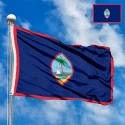
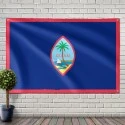
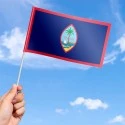


 Sizes:
Sizes:
 Sizes:
Sizes:
